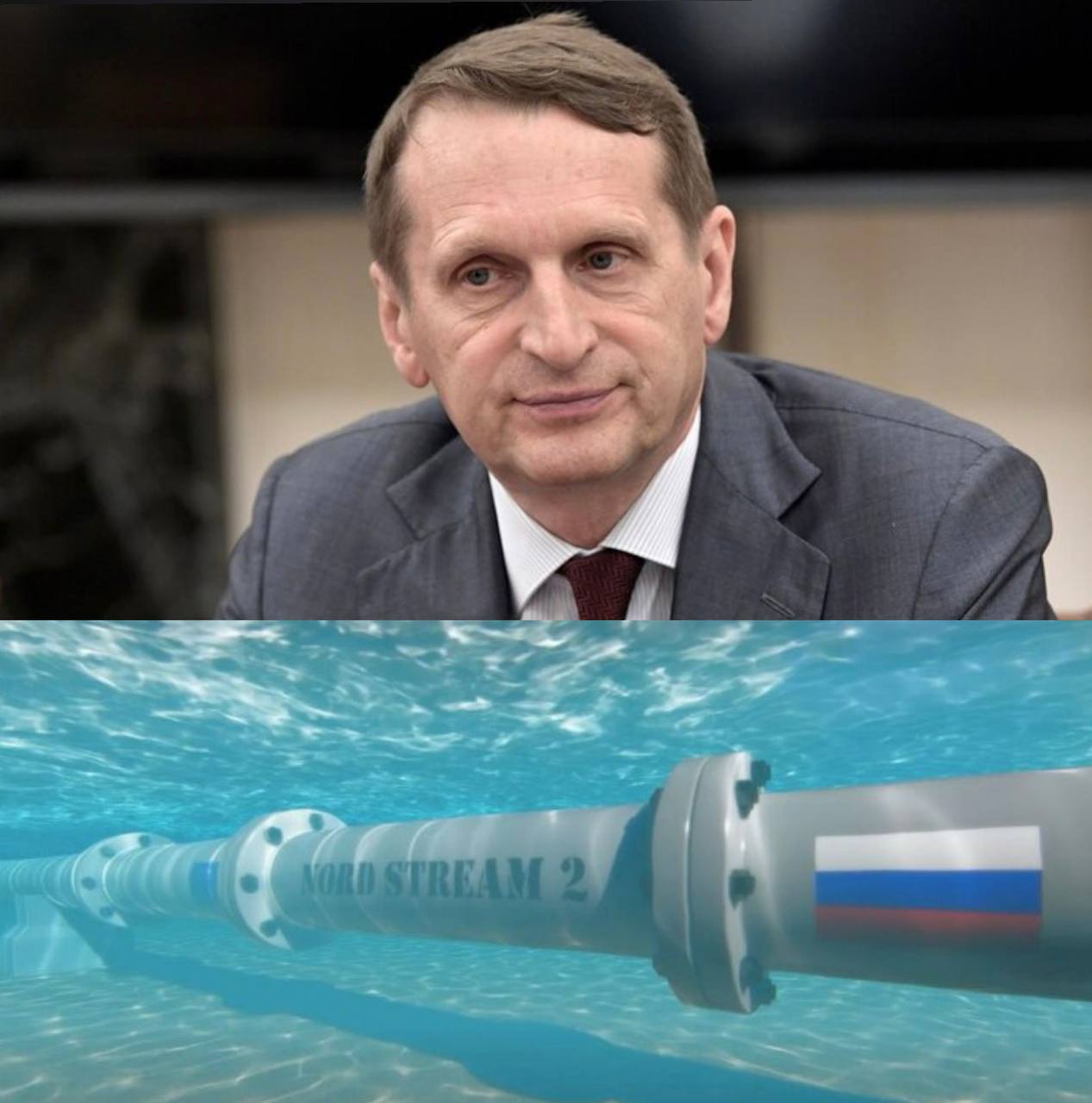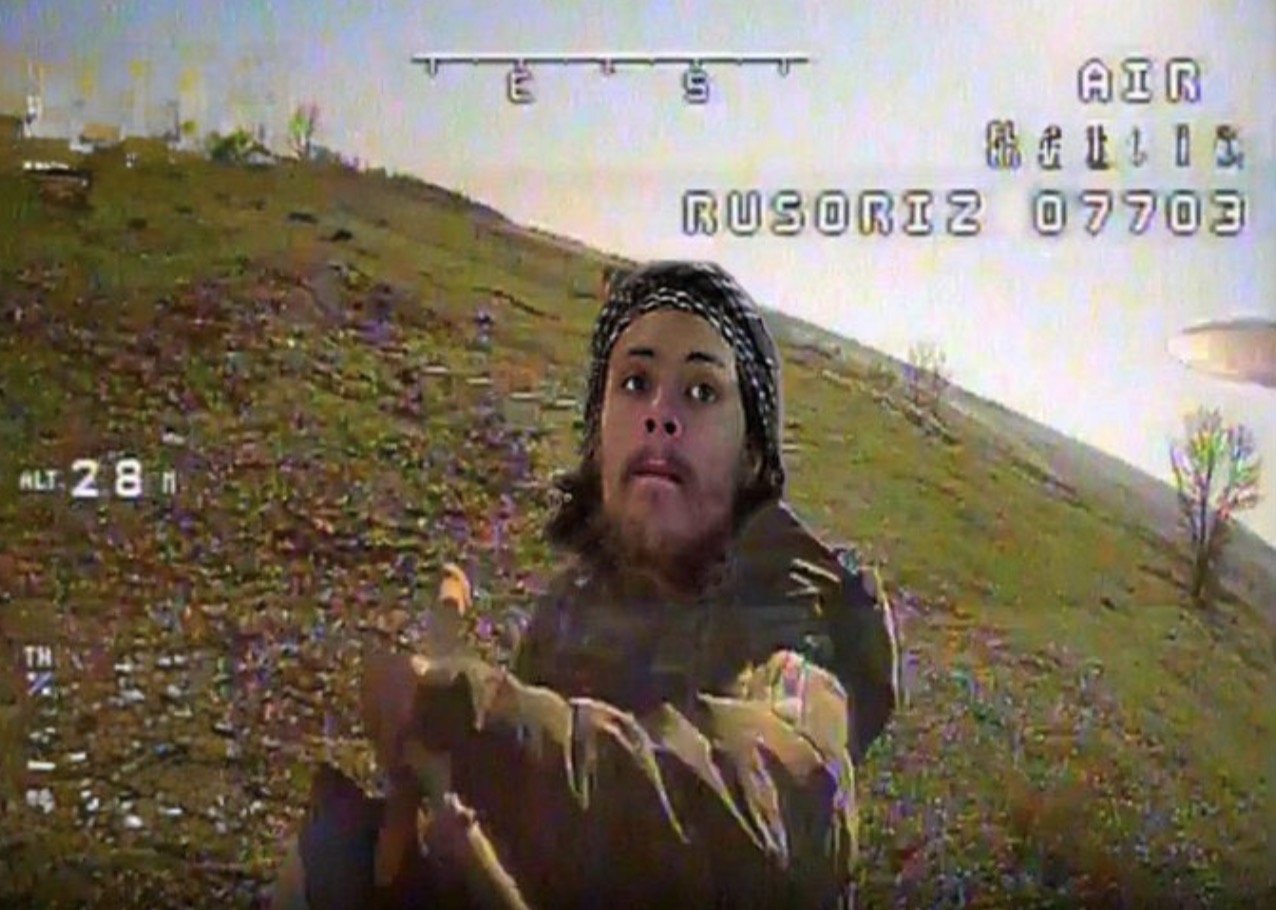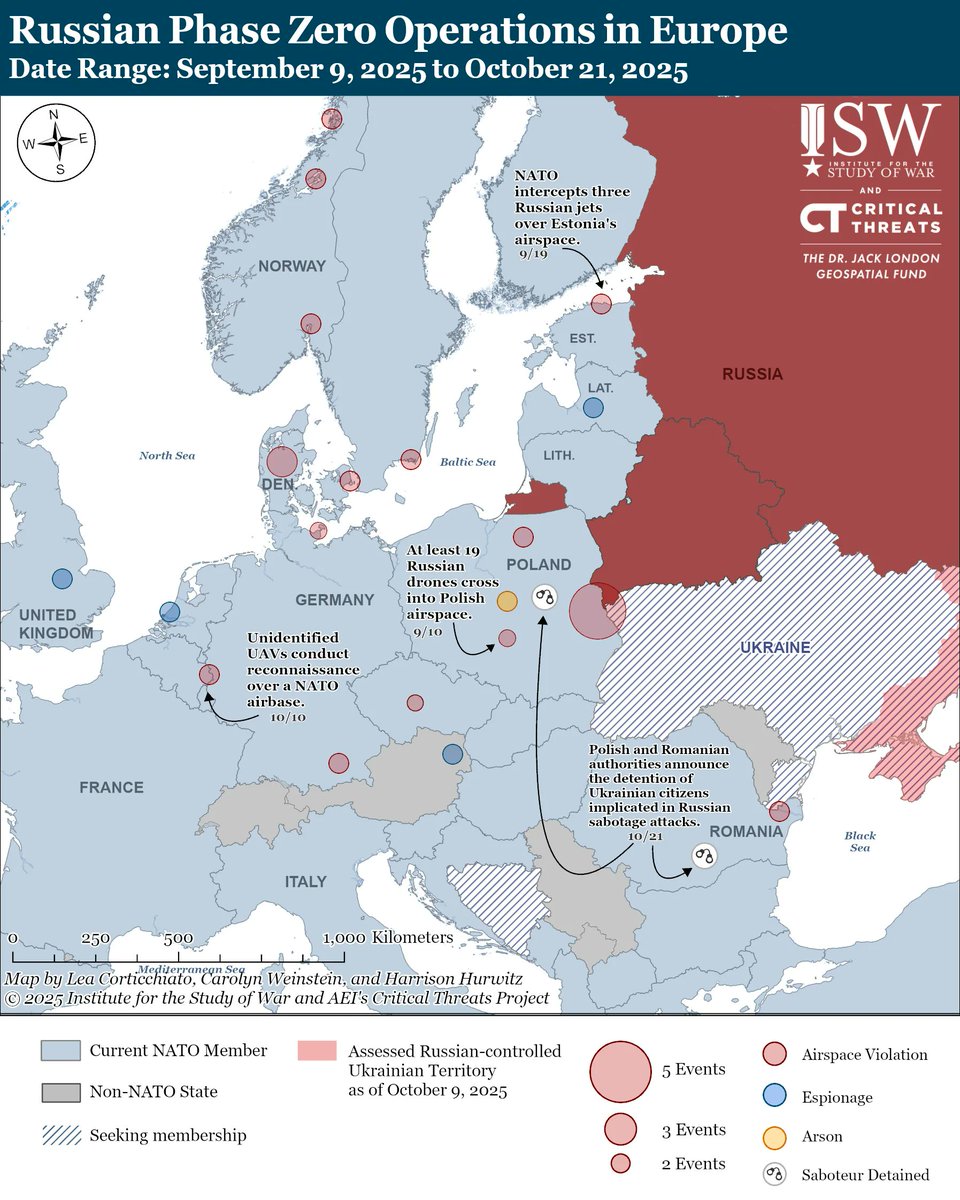Posted on 02/24/2024 5:59:01 AM PST by SpeedyInTexas


Send more Artillery!
Russian Foreign Minister Sergei Lavrov reiterated that Russia is unwilling to agree to an immediate ceasefire in Ukraine that does not result in Ukraine's complete capitulation. Lavrov stated that Russia has not changed its position since the August 2025 Alaska summit, and that Russia does not need a short-term ceasefire that “leads nowhere,” but a “long-term stable peace.”[1] Lavrov responded to American demands for an immediate end to Russia's war in Ukraine by claiming that a ceasefire would not resolve the alleged “root causes” of the conflict — which Lavrov has continued to identify as NATO's eastward expansion and Ukraine's alleged discrimination against Russian speakers.[2] Lavrov’s statements emphasize the Kremlin's determination to achieve its original war aims despite American demands for an immediate end to the conflict. Russian President Vladimir Putin and senior Kremlin officials have repeatedly stated that Russia will not agree to a ceasefire until Ukraine and the West meet Russia's demands of Ukrainian neutrality, the removal of the legitimate government in Ukraine, the installation of a pro-Russian government, and changes to NATO's Open Door Policy.[3] Lavrov’s statements are a continuation of the Kremlin's attempts to signal to US President Donald Trump that Trump's demands for an immediate end to the war are incompatible with Russia's war aims.[4]
Ukraine and its European allies signaled their support for U.S. President Donald Trump's proposal for an immediate ceasefire between Russia and Ukraine. Ukrainian President Volodymyr Zelensky, UK Prime Minister Keir Starmer, German Chancellor Friederich Merz, French President Emmanuel Macron, Italian Prime Minister Giorgia Meloni, Polish Prime Minister Donald Tusk, European Commission President Ursula von der Leyen, Portuguese President António Costa, Norwegian Prime Minister Jonas Støre, Finnish President Alexander Stubb, Danish Prime Minister Mette Frederiksen, and Spanish Prime Minister Pedro Sánchez published a joint statement on October 21 expressing support for Trump's proposal for an immediate ceasefire and to leverage the current frontline in Ukraine as a “starting point” for peace negotiations.[5] The European leaders noted that Ukraine is the “only party serious about peace” and that Ukraine must be in the strongest possible position “before, during, and after any ceasefire.” The European leaders reiterated their intent to use frozen Russian assets to support Ukraine and “ramp up the pressure” on Russia's economy and defense industrial base (DIB). ISW continues to assess that economic pressure alone is an insufficient tool to bring Russia to the negotiating table and that ending the war in Ukraine also relies on continued robust military support to Ukraine.[6]
Recent Russian war crimes in Pokrovsk highlight the humanitarian cost of Russian advances in more populated areas. Ukrainian volunteer Denys Khrystov published geolocated footage on October 19 showing several civilians that Russian forces murdered near the railway line in central Pokrovsk.[7] The Ukrainian Ministry of Foreign Affairs confirmed on October 21 that a Russian sabotage and reconnaissance group committed the murders in violation of international humanitarian law.[8] Donetsk Oblast Police Spokesperson Pavlo Diachenko reported on October 21 that Ukrainian authorities are still determining the exact number and nature of civilian casualties from the Russian attack.[9] Diachenko noted that Russian drone strikes prevent humanitarian volunteers from entering Pokrovsk and impede evacuation efforts. The recent murders reflect Russian forces’ policy of deliberately killing Ukrainian civilians, and the death toll will only increase should Russian forces continue to advance into populated urban areas such as Pokrovsk.[10]
Russia's long-range strike campaign continues to target critical Ukrainian energy infrastructure ahead of Winter 2025-2026. The Ukrainian Air Force reported on October 21 that Russian forces launched two Iskander-M/KN-23 ballistic missiles from Bryansk Oblast; four S-300 anti-aircraft guided missiles from Kursk Oblast; and 98 Shahed-type, Gerbera-type, and other drones — of which roughly 70 were Shahed-type — from the directions of Kursk and Oryol cities; Primorsko-Akhtarsk, Krasnodar Krai; and occupied Hvardiiske, Crimea on the night of October 20 to 21.[11] The Ukrainian Air Force reported that Ukrainian forces downed 58 drones and that all six missiles and 37 drones struck 10 locations and that downed debris fell on two locations. Ukrainian President Volodymyr Zelensky reported that Russian forces mainly targeted Ukrainian critical infrastructure in Chernihiv and Sumy oblasts and noted that Russian forces are striking such infrastructure daily ahead of winter.[12] Ukrainian officials reported that Russian drones struck civilian and energy infrastructure and caused power outages in Chernihiv, Cherkasy, and Kyiv oblasts.[13]
The Ukrainian Ministry of Energy reported that all Ukrainian oblasts are introducing power outage schedules following the Russian strikes against Ukrainian energy infrastructure in Chernihiv and Dnipropetrovsk oblasts.[14] The Ukrainian Ministry of Energy reported that Russian forces are circling drones over damaged power facilities to prevent Ukraine from repairing its energy facilities and that there are no military targets near the energy facilities that Russian forces are striking.[15] Ukrainska Pravda previously noted that recent Russian strikes aim to create a blackout in Ukraine by creating a power deficit in eastern Ukraine, where consumption is typically higher and where Russian forces have destroyed almost all local generation capabilities, while gradually stopping the flow of electricity from west to east.[16] Bloomberg previously reported that Russian strikes had taken out roughly 60 percent of Ukraine's natural gas production as of October 3, which will likely force Ukraine to spend 1.9 billion euros on fuel imports in Winter 2025-2026.[17] Russia has conducted a series of intensified strikes on Ukrainian energy infrastructure each fall and winter since 2022, in what ISW continues to assess is a Russian effort to degrade Ukraine's energy security and industrial capacity and demoralize the Ukrainian populace.[18] Russia's ongoing and ever-intensifying long-range strike campaign against Ukraine is just one indicator of the Kremlin's disinterest in peace.
Ukrainian Major General Mykhailo Drapatyi was appointed as the commander of the newly formed Joint Forces Task Force. Ukraine's new Joint Forces Task Force announced on October 20 that Drapatyi, who commanded the Dnipro Group of Forces, will command the newly-created Joint Forces Command and its subordinate Joint Forces Task Force.[19] The Joint Forces Task Force has an area of responsibility (AoR) of Kharkiv Oblast and replaces the disbanded Dnipro Group of Forces, which had an AoR from Kharkiv Oblast through Zaporizhzhia City, as part of the Ukrainian military's transition to the corps structure. This is Drapatyi’s second time commanding Ukrainian forces in Kharkiv Oblast, after heading Kharkiv Operational-Tactical Group during the Spring 2024 Russian offensive into Kharkiv Oblast. Ukraine's Joint Forces Task Force noted that the new Joint Forces Task Force will exercise joint operational control over all Ukrainian units and formations that are operating in the Kharkiv direction, including elements of Ukraine's regular armed forces, the Ukrainian National Guard, and the Ukrainian State Border Guard Service.
Polish and Romanian authorities connected Russian military intelligence to attempted acts of sabotage aimed at undermining European Union (EU) support to Ukraine. The Polish National Prosecutor's Office announced on October 21 that Polish authorities detained a Ukrainian citizen on October 17 who shipped packages with explosives and incendiary devices to Ukraine at the behest of Russian military intelligence to undermine EU support for Ukraine.[20] The Polish National Prosecutor's Office noted that the suspects intended for these packages to detonate spontaneously during transport and that Romanian authorities intercepted the packages. The Romanian Intelligence Service announced on October 21 that it detained two Ukrainian citizens — whom Polish authorities stated were close collaborators of the individual detained in Poland — after they deposited packages containing homemade remotely detonated incendiary devices at the headquarters of Ukrainian courier company Nova Post in Bucharest in an attempt to burn down the building.[21] The Romanian Intelligence Service reported that this incident is part of a broader campaign targeting Nova Post infrastructure. This incident is very likely a continuation of a Russian military intelligence effort to ship incendiary packages throughout Europe that Lithuanian authorities reported in September 2025.[22]
Polish Prime Minister Donald Tusk and Minister of Internal Affairs Tomasz Siemoniak announced on October 21 that the Polish Internal Security Agency detained eight other persons suspected of preparing acts of sabotage, including reconnaissance of military facilities and critical infrastructure.[23] ISW previously forecasted on September 30 that Russia could conduct false flag sabotage attacks against Poland when Russian Federal Security Service (FSB) Head Alexander Bortnikov and the Russian Foreign Intelligence Service (SVR) “warned” that Western intelligence services are preparing to blame Russia for false-flag attacks in Europe and deflect blame for actual Russian sabotage and hybrid operations.[24] These operations are likely associated with Russia's “Phase Zero” campaign — the informational and psychological condition-setting phase — to prepare for a possible NATO-Russia war in the future.[25]

Disclaimer: Opinions posted on Free Republic are those of the individual posters and do not necessarily represent the opinion of Free Republic or its management. All materials posted herein are protected by copyright law and the exemption for fair use of copyrighted works.